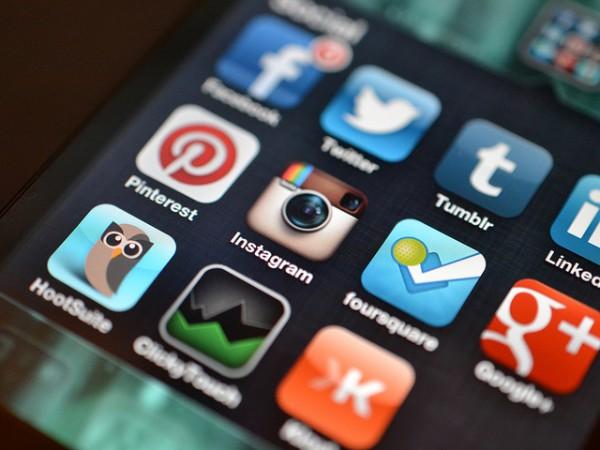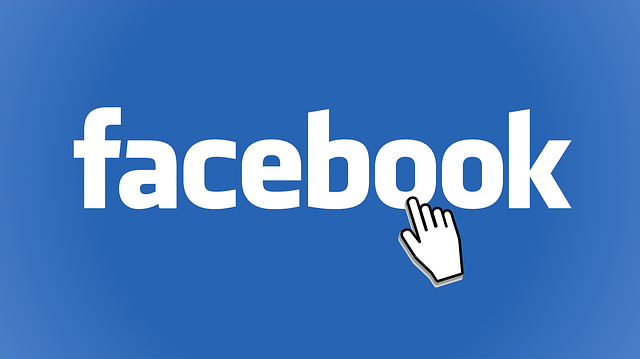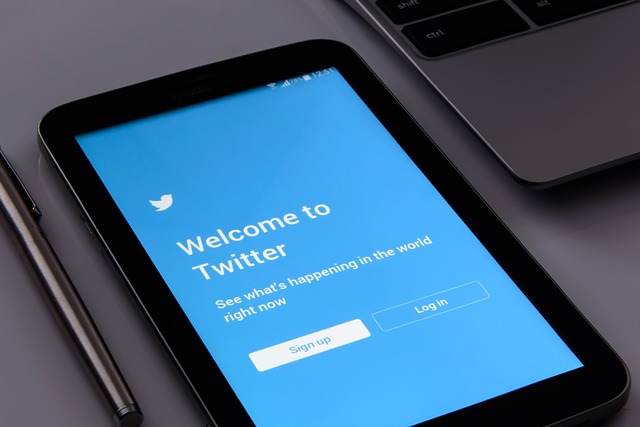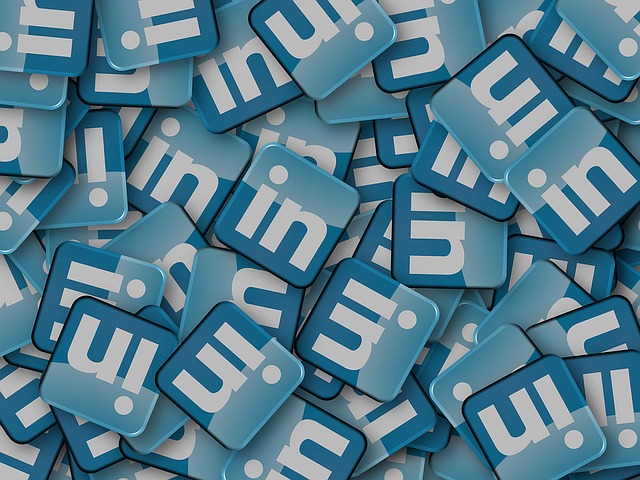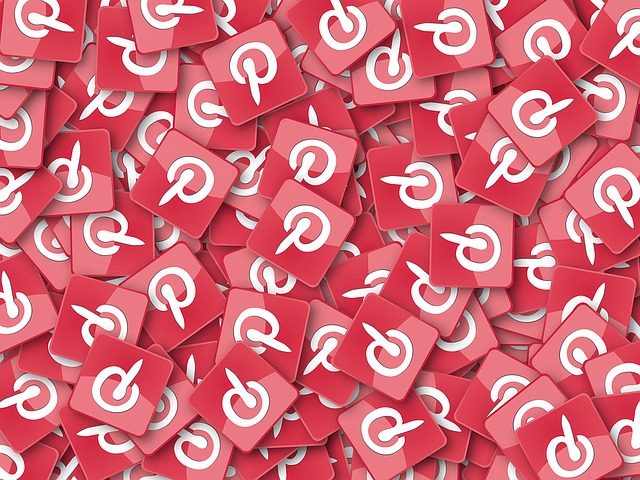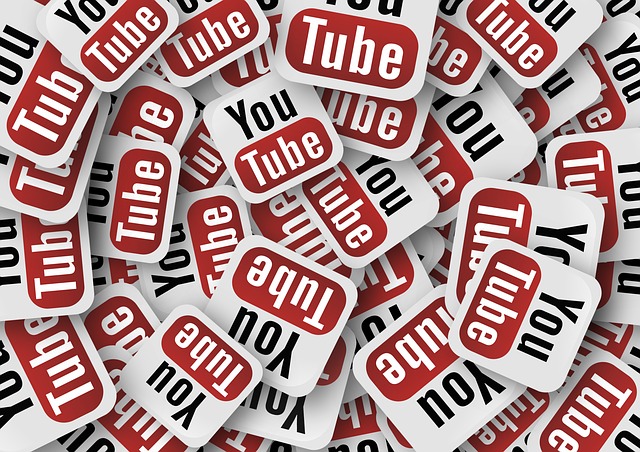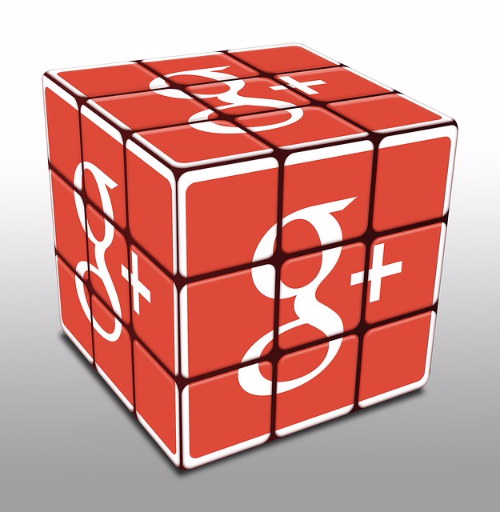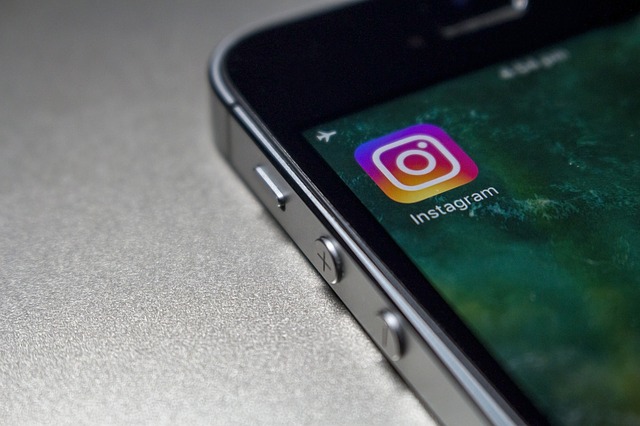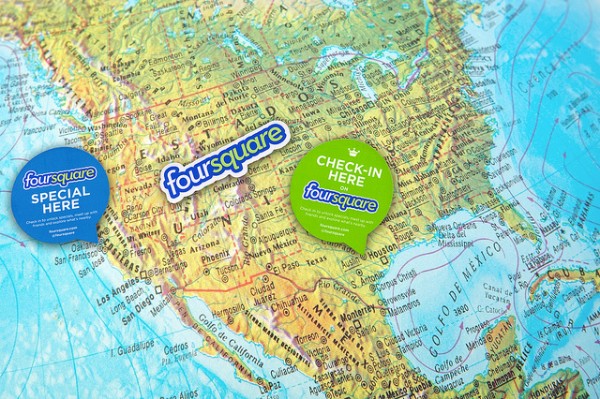We all know that social media is crucial to creating a successful business nowadays, but are all social media platforms worth the same amount of your time and money?
Of course not.
So what are you supposed to do? Waste your energy on all of them until you find out which one works for your business? Nah.
At Spokal, we believe that time is money. So instead of letting you waste your time (and money) trying and testing all the different social media platforms on offer, we’ve done it for you.
We’ve taken a good hard look at 9 of the most popular social media platforms for small businesses. We’ve looked at what they do, who uses them and what are their pros and cons for businesses.
So let’s go take a look at what Facebook, Twitter, LinkedIn, Pinterest, Instagram, Google+, YouTube, Yelp and Foursquare have to offer you and your business.
What it does
Facebook is the behemoth of all social media platforms. It is a social networking site where people all over the world can connect and share with their friends or the public (depending on their privacy settings).
Once you join, you create a personal profile where you can add friends, share photos, create statuses, share videos, join groups, add pages of interest, read and look at what others have shared.
Facebook is designed to encourage user interaction. With “Share” and “Like” buttons people can communicate quickly and easily with one another.
4.5 billion “Likes” are shared daily as of May 2014. This isn’t just from the website itself, but other websites have started to include Facebook buttons to their site that allows people to share their content directly from them.
Who uses it
Basically everybody.
- 1.28 billion people have monthly active accounts.
- 802 million users log in daily.
- 1.01 billion monthly users access Facebook through their mobile devices.
- 25 to 34 year olds take up 29.7% of the users.
- Facebook users are 53% women and 47% male.
Pros
Facebook has a lot of users, so the pros are pretty huge.
- Positive word-of-mouth is awesome for your business! If you share interesting and relevant content, people will share what you’ve shared and so on and so on.
- You can “talk” directly to your customers, and they can talk back to you.
- You can provide customer service easily to your customers.
And it does work!
- 52% of marketers found a customer on Facebook in 2013.
- 42% of marketers state that Facebook is extremely important to their business.
Cons
- It’s a pretty busy marketplace on Facebook, and businesses can find it hard to be heard.
- Facebook is an open forum, and users can write on your wall any time they choose. This means that you need to constantly monitor your page for inappropriate or defamatory comments.
- Facebook’s algorithm means that not all of your posts get to all of your followers.
How to get started
If you think Facebook is the social platform for you, head over to www.facebook.com and create a Facebook page for brands and companies. Avoid the Groups pages, they’ve limited capabilities when it comes to marketing. Also, using a personal page for a business is a no-no.
When setting up your page, don’t forget to write a detailed “about me” section and a relevant photo and cover photo.
After you have an excellent page set-up, it’s time to figure out how and when you should be posting that best suits your target audience. You can figure this out by reading our complete guide to how often to post, tweet and Facebook for your small business.
What it does
Twitter has been quite accurately described as “texting for the internet”.
Twitter is a social network or “micro- blogging” site that allows people to send short 140 character text messages, also known as “tweets”. You can share photos and videos, but text-based options are much and often include links to external websites.
Who uses it
- 650 million users.
- It’s pretty 50/50 between the sexes, with 53% female and 47% male.
- African Americans and Hispanics.
- College Graduates.
- 15 – 25 year olds.
- Those who earn $75,000+ a year.
Pros
- Twitter is one of the most popular social media platforms for businesses because, unlike Facebook where only some of your posts get to your followers, tweets will reach all of your followers!
- Tweets are easy (and quick) to write because they’re only 140 words!
- Twitter is a good place to send out marketing messages. 49% of people would rather hear from a company on Twitter than on any other social platform (even Facebook).
- 51% of active users follow brands or companies and 90% of those guys are doing it for promos or discounts.
Cons
- Twitter is really busy. I mean really busy. With 340 million tweets a day, it’s easy for people to miss your tweet if you’re not doing it very often.
- Twitter isn’t great for image based context, like photos or videos.
How to get started
If this sounds like it’d work for your business, then start by visiting www.twitter.com and set up your Twitter account. The short bio is really important, so don’t avoid it. Slap up a photo and tada! You’re all set up!
No, I’m kidding.
Now you’ve got to actually tweet!
First of all, let’s look at some of the lingo you’re likely to encounter.
Oh yes. “Tweet” was just the beginning.
Here are a few more:
- Hashtag: A hashtag is a pound sign (or hash sign) followed by a word. It’s used to send a specific message or topic. #socialmediaforsmallbusinesses
- Retweet: Retweeting happens when somebody shares your tweet.
- Twitter handle: This is your username. It looks like this: @username
- Mention: A mention is when someone uses your Twitter handle in a Tweet.
Secondly, remember that the average lifespan of a tweet is only about 2 hours.
So you’ll have to post quite frequently in order to keep your followers engaged.
Lastly, don’t forget to track terms that are related to your business. Search hashtags to see what people interested in your industry are talking about so you can stay up-to-date and trendy!
What it does
LinkedIn is a social platform dedicated to professional people. The platform connects businesses with potential employees and partners by providing a people with the opportunity to make a “professional profile”. It is also extremely valuable as a professional networking online platform.
Who uses it
Professionals, obviously. Because of its more professional base, the people that use the LinkedIn also tend to be older and more educated.
- There are 300 million people using LinkedIn.
- 75% of users use their LinkedIn 4 hours or less per week.
- It’s 50/50 with regards to gender.
Pros
- Once you upload something onto LinkedIn, anyone can access it – even if they’re not a connection!
- It establishes credibility with connections.
- It’s rich in content and information – including company’s information and detailed individual professional profiles.
- 43% of marketers said they found a customer on LinkedIn.
Cons
- It’s a very niche market, so before you spend time creating a profile and sharing content, make sure that it’s the right platform for your business.
- It can take a lot of time to set up, to get connections and to get conversations flowing.
- You have to ask to be connected to other businesses and profiles, which can be time-consuming and frustrating.
- Brick-and-mortar businesses might find LinkedIn difficult to utilize, but for people who are in industries such as technology, finance, marketing etc. LinkedIn can prove to be very useful.
How to get started
Before you go to www.linkedin.com and start the sing up process, consider whether you’re promoting yourself as a freelancer, or a business operation under a brand name.
Once you’ve figured out that, get started on creating your profile. Try to put some time aside to adding as much content and information to your profile as possible.
After that, get to sharing content, making connections, having conversations and just generally networking. Check out Wix’s article on how to develop a marketing strategy for LinkdedIn for more detailed information!
What it does
Pinterest is a visual content sharing social platform, similar to an online corkboard. Each user can create “boards” that are usually related to the same topic. Visual bookmarks, or images are called “pins” and are placed in a related board.
Unlike other sharing social media platforms, Pinterest isn’t really about creating content so much as collecting it.
A lot of retailers and businesses use it as a type of portfolio or catalogue.
Who uses it
- 70 million active monthly users.
- 47.7% percent of shoppers say that content they’ve seen on Pinterest has inspired holiday gift purchases.
- 80% of Pinterest users are women.
- Pinterest users tend to have a higher income.
Pros
- It gets more referral traffic than Twitter, LinkedIn, Reddit and Google+ combined.
- It’s ideal if your target audience is female.
- Ideal if you have lots of products with high-quality images.
- It generates traffic to your website relatively quickly.
- Your “pins” stay active for months.
Cons
- Lots of businesses aren’t really using it yet, so it’ll be a slow start for B2Bs interested in using the platform.
- If you don’t have many products or high-quality images, it’s not going to be very effective for you.
- If your target audience isn’t female-centred, it’s not great. With the exception of the UK where 56% of Pinterest users are male.
How to get started
My top tip would be to try Pinterest as a user before you join as a business.
This will give you a good idea about how it works for your audience before you try to market to them. It will also give you an opportunity to browse and get inspired!
After that, if you join as a business, Pinterest gives you a metrics so that you can view what content from your website is most popular.
YouTube
What it does
Youtube is a video-sharing social media platform. It was founded in 2005 and was quickly bought over by Google in 2006.
Youtube allows users to upload, share and view videos. The content varies from individual user content to business user content, featuring TV clips, personal videos, Video logs (or “Vlogs”), music videos etc etc. Users who are registered can upload and share their videos, unregistered users can still view the videos but can’t upload them.
Youtube is the second largest search engine. (After Google, of course)
Who uses it
- 100 million unique visitors every month.
- 54% of people who use Youtube are male.
- 37% are between 18 – 34.
Pros
- People love watching videos, and this means that having a Youtube account could potentially make your videos go viral.
- Youtube is the third most popular site, behind Google and Facebook.
- 90% of customers of online retailers say that they find videos useful in making purchasing decisions.
- Videos is another way to show off you industry expertise.
- Videos have a really wide reach, you don’t have to be a connection to see your videos.
- Because YouTube is owned by Google, it’s super SEO friendly.
- Videos make a business accessible. People like to see a face behind the product.
Cons
- “Related videos” on the site often draw attention to your competition and distract customers from your message.
- Creating interesting videos can be very time consuming and expensive.
How to get started
Everyone has to sign up for a general Youtube account, and branded business accounts are accessed afterwards. So, go ahead and sign up. One note: Don’t use your personal Google I.D. as this will be attached to the branded account later on.
When you’re making a video remember that you only have 10 seconds to capture the audience’s attention. And even when you keep them for that long, you’re best keeping it short and sweet – under 2 minutes is perfect. Also you only need to post once or twice.
Don’t forget to add a subscription widget or link to your website on your video. This will make one-off views become longer-term influences.
Google+
What it does
Google+ is Google’s social platform. It’s compared to Facebook and Twitter, but many people believe that it’s much more than that. There are a few extra features, such as Communities and Circles that increase interaction with people and topics that interest you.
Who uses it
- 550 million active monthly users.
- It’s mostly men using it so far.
- Professionals such as students, technology industry professionals, bloggers and photographers.
Pros
- Google hangouts is a great place to start talking with people and many businesses use it to keep in contact with employees as well as customers.
- Google Communities provides you with content of your choosing and a place to network and share with people of similar interests.
- Because it’s owned by Google, using Google+ can have positive effect on SEO.
Cons
- People see it as being quite similar to Facebook so there’s always the temptation to share identical content on both platforms.
- Google+ only helps out your SEO ranking if the person is logged on or if they don’t have your page in their circle.
How to get started
Google+ differentiates between companies and individuals, so you’ll be best by setting up a Company Page. Remember: This is Google that you’re dealing with so think keywords when creating your profile.
Communities are where it’s all at on Google+ so start by getting involved by finding communities that are relevant to your business. Involve yourself in discussions and share your expertise.
Oh and don’t spam. It won’t work.
What it does
Instagram is owned by Facebook. It’s a photo and video sharing platform that allows users to share their photos with other users.
There’s also some pretty funky filters that you can choose to tweak your photos!
Who uses it
- 37% of all users are 18 – 29.
- 68% are female.
- 5 million US. Internet users access it at least once a month (and that’s with 60% of Instagram users being outside of the U.S!)
- It is a predominantly mobile app.
- Similar demographics and user interaction to Twitter.
Pros
- Instagram allows people who are interested in your brand to follow your business and see what you’re up to. This adds a bit of a personal touch.
- Like Pinterest, Instagram puts a face to a brand.
- Instagram uses hashtags, which makes content super easy to search. Anyone who’s interested in your company can use a hashtag to find content. (This does mean that you have to choose your hashtags wisely).
- Visual representation of your business is always good, it gives people the sense that you’re being transparent with your business – When people know that there’s no games involved, they trust you more.
- Instagram has an insane amount of user engagement – up to 10 times what Twitter and Facebook generate.
Cons
- Like Pinterest, if you don’t have an actual product to sell & take a photo of, it might not be the easiest platform to use.
- It’s a very young network, with 90% of users under the age of 35, so if this isn’t your target audience then using Instagram might be a lot of time and effort for very little customer engagement.
How to get started
First, make sure that you have enough visual content to share. If you’ve got products, you’ll obviously want to share pictures of your products.
But don’t let that limit you.
Share images that fit in with your brand too.
If you’re a service provider things are a little bit more difficult because you might have to think about what you could take photos of.
A lot of businesses have done very well by taking photos of their offices, celebratory staff parties, the staff doing particular projects, the machinery they use etc.
After you know what you’ll be posting, download the app to your phone and get snap happy.
Don’t forget to use relevant hashtags when you upload your photos so that people searching through Instagram can find you! Then use these same hashtags to find people in your industry and follow their accounts!
Foursquare (and/or Yelp)
What it does
Foursquare and Yelp are relatively similar. They’re both location-based social media platforms where you can search businesses.
Yelp is all about reviews and recommendations.
Foursquare is all about checking-in at locations to gain points and sometimes “badges”. The user that checks in most to a particular venue becomes the “mayor”.
Who uses it
Foursquare:
Yelp:
Pros
- Brick-and-mortar outlets can benefit the most from these social media platforms.
- Easy to use platforms that will generate business with very little updating and daily maintenance on your behalf.
- Foursquare have a great “campaigns” option that helps to generate new customers or to reward loyal ones!
- Word-of-mouth is one of the best ways to advertise your business, with 77% of people saying that they’d buy a product after it being recommended to them by friends or family. This is exactly what Foursquare and Yelp encourages people to do, just online
Cons
- If you don’t have a location based business, these probably aren’t the right platforms for you.
- You’re relying on customers to give you fair and accurate reviews.
- While Yelp has a pretty good filtering system that tries to ensure that reviews are all legitimate, many businesses have complained that Yelp’s filter is actually biased.
How to get started
Go to Foursquare or Yelp and set up your business page.
For Foursquare, your business will probably already by listed but you’ll need to “claim” that you are the owner of the business.
Set up as much detailed information about your business as you can. Don’t forget to include your website and opening hours, as well as a description about what your business has to offer.
There are hundreds of social media platforms to choose from. You can’t have them all. Choose what social platform is best for your business and spend your time (and money) wisely on marketing through them.
Are there any social media platforms that you love to use that aren’t listed? Or some pros and cons that we haven’t mentioned? Let us know!
